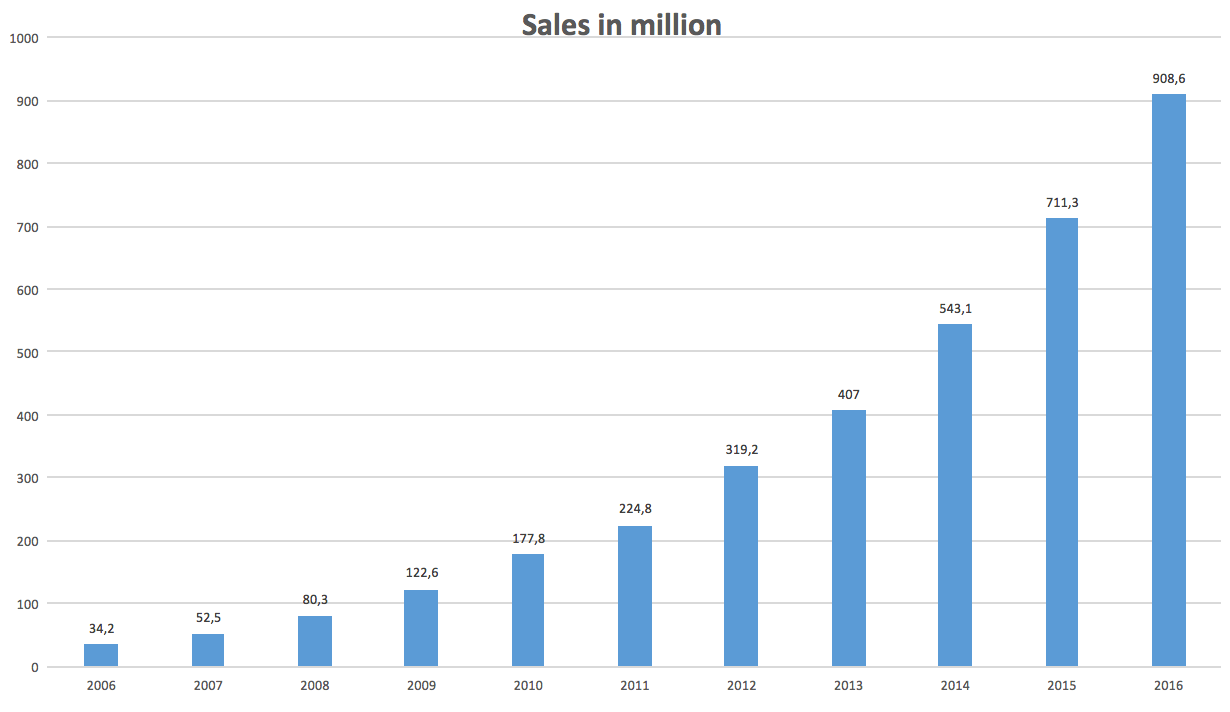Cars.com (CARS): A Cheap Enough Stock with a Clear Catalyst and Tons of Rivals
About a week ago, Starboard Value disclosed a 9.9% position in Cars.com (CARS). Starboard Value is an activist hedge fund. It is probably best known for its 294-page presentation on Darden Restaurants (DRI) back in 2014. You can read that presentation here (PDF). Cars.com is a 2017 spin-off from Tegna (TGNA). Tegna is the rump of the old Gannett. It consists mostly of local TV stations. The public company now called Gannett (GCI) was spun-off from Tegna (then known as Gannett) in 2016. It consists mostly of USA Today (a national newspaper in the U.S.) and about 100 local newspapers.
So, in a sense, the public company Cars.com was formed as a break-up of a break-up.
Cars.com is a research website for car shoppers. Publicly traded competitors include CarGurus (CARG) and TrueCar (TRUE). TrueCar went public in 2015. You can read its IPO prospectus here. CarGurus went public in October of this year. You can read its IPO prospectus here. Because Cars.com was a spin-off instead of an IPO, the SEC document it filed is different. You can read Cars.com’s 2017 spinoff document (its S-1) here. The company has yet to file a 10-K. You can read the most recent 10-Q here.
I’m not going to describe what Cars.com does, because you can visit the website or download the app (today, most people use the app) and play the role of customer for yourself. No description I can give you will explain the company better than having you just give the website a whirl.
So, I’m not going to explain Cars.com’s business. What am I going to do?
I’m going to explain why I’m writing to you about the stock.
I’m writing to you about Cars.com stock for 3 reasons:
- An activist hedge fund, Starboard Value, now owns just under 10% of the company
- The stock’s history is that Cars.com was bought by Gannett (then a TV and newspaper company) in 2014 and then Gannett broke into two parts in 2016 (Cars.com went with the TV part) and finally Cars.com was broken off of an already broken-off company. So, there are no long-time owners/analysts/etc. of Cars.com stock and many of the investors who have held the company’s – or its predecessor’s – shares were not originally interested in owning a website.
- Some competitors of Cars.com trade at much higher multiples of sales, earnings, etc. than Cars.com does.
In other words: this is a Joel Greenblatt “You Can Be a Stock Market Genius” type situation. The company is the end result of a fairly recent (2014) acquisition and two very recent (2016 and 2017) spin-offs. Most importantly, the stock appears to be a relative value.
Is it a good business?
Quality
The business model is theoretically a good one. And the company’s current financial results are very solid. A website like this has economics similar to a local TV station. For full-year 2017, management is guiding for an adjusted …
Read more
